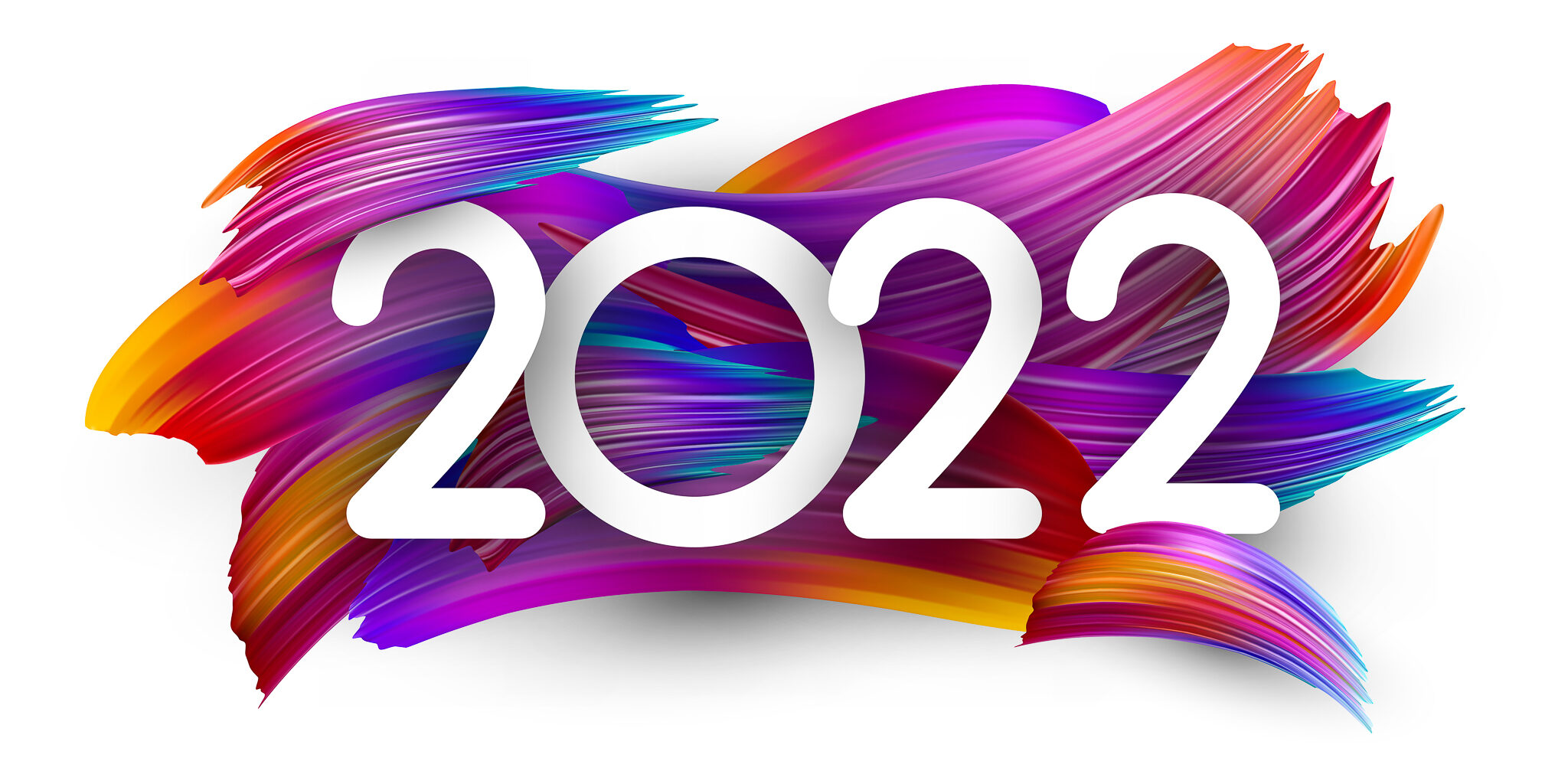
Videos Your Company Needs in 2022
Creating a video can be a long and intricate process. You have to identify a subject and concept, record the video, digitally enhance it, and produce it in formats supported by your target platforms. That’s quite some work, but any marketer or content creator will tell you the advantages definitely outweigh the hassle. This article will discuss the various types of professional videos and how you can use them to reach your clients, business partners, and workforce.
Types of Videos
Any message can be conveyed through video, and since many people prefer visuals over textual content, videos can be a more effective communication medium for businesses. Here are some of the most common video types:
- Product videos. Typical product videos discuss a product in detail, helping prospective customers decide whether or not they need it. You can also use product videos to provide updates, discuss new features, and respond to frequently asked questions in customer feedback.
- Training videos. Internal training can prove a full-time job for companies that recruit regularly. You can save yourself the burden by creating videos that cover job descriptions for various roles and the assimilation and onboarding basics for all new employees. Videos may not offer the same allowance for immediate feedback as in-person training, but they are available for future reference, making them useful in continuous training programs.
- Testimonial videos. Many customers prefer videos to text when giving feedback about a product or service. These videos can be incorporated into product videos or marketing material and convey customer trust in a product or brand.
- Promotional videos. When trying to convince people to attend a webinar or conference, videos are more effective than other promotional materials. Not only do they yield trust thanks to the presence of an actual human, but they also make it easier for you to be persuasive.
- Social videos. According to LearnHub, videos generate more likes and shares than a combination of images and text. Insivia reveals that viewers retain 95% of the message when they watch it on a video compared to the 10% they get from the text. Quite simply, it’s unwise to leave out video content if you want to stand out and be memorable on social media.
Getting the Most out of Your Videos
Whether a training video or a testimonial, having the content on your hands is only half the assignment. The other half is ensuring it reaches the final audience and stirs interest among customers and prospects.
To leverage your video’s tremendous power, you need to know who to share it with and when to share it. If the bulk of your customer base is on Facebook, share your video there. Also, ensure you post the content when it is likeliest to be viewed. According to Statusbrew, the best time to post on Facebook is around 9 a.m., while on Instagram, the peak traffic hours are between 10 a.m. and 3 p.m.
Endnote
Videos help companies communicate effectively with employees and their clients. For maximum effectiveness, ensure your videos are professional-level and created with the needs of your target audience in mind.